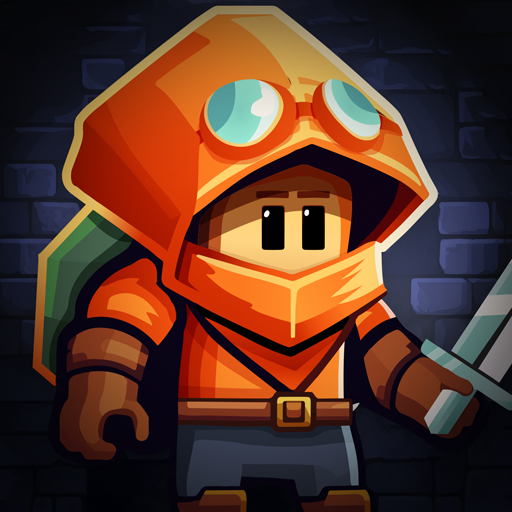Recent statistics about the rank distribution in Marvel Rivals on PC have surfaced on social media, sparking both interest and concern among the gaming community. One key aspect to focus on is the distribution of players within the Bronze ranks. In Marvel Rivals, reaching level 10 automatically places players in Bronze 3, after which they must engage in ranked matches to progress.
 Image: x.com
Image: x.com
In typical competitive games, the transition from Bronze 3 to Bronze 2 is designed to be relatively straightforward. Developers often aim for a rank distribution that follows a Gaussian curve, or bell curve, where the majority of players are concentrated around the middle ranks, such as Gold. This model encourages players to move towards the center, with each win granting more points than a loss, effectively "pulling" players upward.
However, the data for Marvel Rivals paints a different picture. The number of players in Bronze 3 is four times higher than in Bronze 2, and the overall rank distribution deviates significantly from the expected Gaussian model. This anomaly suggests a lack of engagement with the ranking system. Players may not be motivated to progress beyond the initial Bronze 3 rank, which could be indicative of broader issues with the game's competitive structure.
The reasons for this disinterest can be varied, but it's a concerning signal for NetEase. It may point to issues such as an unappealing reward system, lack of competitive incentives, or even dissatisfaction with the gameplay experience at higher ranks. Understanding and addressing these concerns will be crucial for NetEase to revitalize interest in Marvel Rivals' competitive scene.




























![City Devil: Restart [v0.2]](https://img.icssh.com/uploads/38/1719554737667e52b102f12.jpg)


